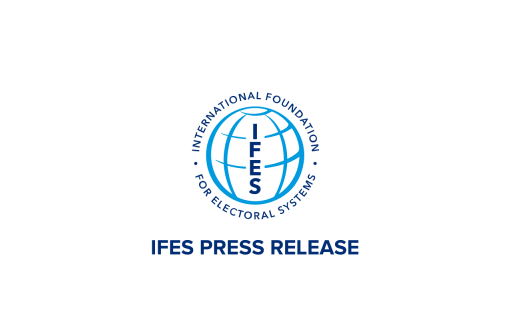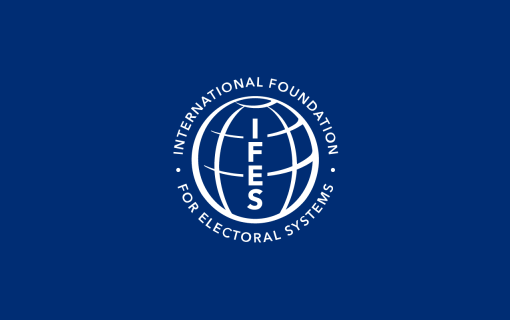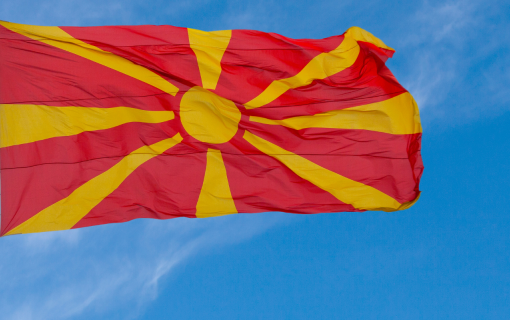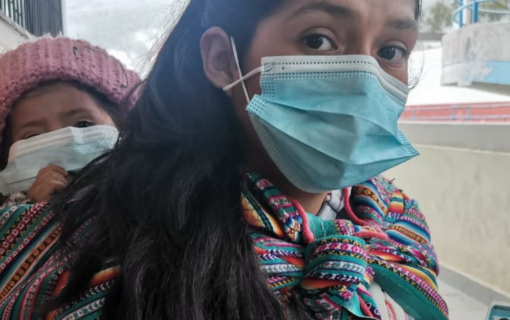Report on the Election in the Republic of China on December 2, 1989
INTRODUCTION AND OVERVIEW
The Chinese Nationalist Movement, led by Dr. Sun, Yat-sen and later by Chi ang Kai-shek, challenged imperial rule in China in the early 20th Century. Dr. Sun, Yatsen formed the Kuomintang (KMT) Party in July, 1914, and after his death in March, 1925, Chiang, Kai-shek brought the party to a position of leadership in China by the late 1920's. The KMT was founded on the basis of Dr. Sun, Yat-sen's three principles of the people:
· The principle of nationalism
· The principle of democracy (People's Rights)
· The principle of social well-being (People's Livelihood)
In the 1930's and 1940's the Nationalists attempted to consolidate effective control over the Mainland while simultaneously fighting the Japanese and Chinese Communists.
The Cairo Declaration ·of December 3, 1943, signed by General Chiang, Kai-shek, President Franklin D. Roosevelt and Prime Minister Winston Churchill, stipulated among other things, that Taiwan and Penghu territories were "stolen" by Japan from China and assured their final restoration. The Potsdam Declaration of July, 1945 following V -E Day, affirmed this. The Japanese surrender resulted in the return of Taiwan in 1945 after a 50-year occupation. In 1949, the ·Chinese Communists, supported by the Soviets, defeated the Nationalist Government on the Mainland, and the Nationalist government retreated to Taiwan. The Government of the Republic"'>of China (ROC) was faced with an incredible challenge as it struggled to establish a Government in Taipei in the early 1950's. The newly arrived refugees placed a tremendous strain on industrial and agricultural capacity. Between 1946 and 1954, more than 1.5 million refugees escaped from the Mainland to Taiwan. Eventually, over 2 million Chinese escaped from the Mainland before the Communists cut off avenues of escape.
When, in the early 1950's, the KMT set about rehabilitating and reconstructing Taiwan, it inherited a battered economy. The anti-Japanese war and the civil war on the mainland had exacted a heavy toll on the island. Infrastructure was crumbling; inflation was rampant, as it had been on the mainland; foreign trade and investment had dried up; industrial and agricultural production were stagnant. The economy had suffered severe dislocation from the KMT's frantic attempt to turn it, in the late 1940's, from a basically monocultural plantation colony servicing Japanese requirements to ·a key logistical support in the civil war with the communists. Invasion was expected imminently, and defense soaked up most of the government income.
Of the population of about 8· million, roughly 20% were refugees from the mainland, and many of those were soldiers, bureaucrats and businessmen who had somehow to be absorbed into the economy. The indigenous population was young, growing fast, undereducated and poor. In 1952, 42% of the population were under 15, and the rate of natural increase was 3.7%. 42% of the population over the age of six were illiterate. Living standards were low -- per capita GDP was U.S. $186 in 1952 and expenditure on food took up 58% of private consumption. Life expectancy at birth was 58 years. Already Taiwan was quite crowded with a population density in 1952 of 235 persons per square kilometer.
The Nationalists maintained a 1947 constitution written on the Mainland, augmented with "Temporary Provisions Effective. During the Period of Communist / Rebellion," and sustained the Nationalist "Republic of China" on Taiwan. Both the Mainland and Taiwan Chinese regimes have insisted that the other is· illegitimate and in rebellion, and they remain formally at war.
The Chiang family dominated politics in Taiwan" since coming there in 1949, first by Generalissimo Chiang Kai-shek (1948-1975 except for a brief period in the late 40s) Y.M, Chia-Kan (1975-1978) and then by his son, Chiang, Ching-kuo (1978- 1988).
Read the Full Report.








